Dan Middlemiss, 3 March 2021
The initial shock of the findings of both the Parliamentary Budget Officer (PBO) and the Auditor General Of Canada (OAG) reports is now starting to dissipate. Judging from media reactions, letters to the editor, and the like, the general response was that of disbelief followed by frustrated resignation. As one letter writer opined, “I feel much better now that I’ve given up hope!”[1] Other media commentators expressed a similar sense of despair and hopelessness at the sclerotic and barely functioning nature of Canada’s defence procurement system.[2]
For their part, our MPs in Ottawa scarcely raised an eyebrow at what for them, must seem like the normal state of affairs. DND responded to the PBO’s report by stating that it was “confident in our current estimate of $56 billion to $60 billion (before taxes),” that the costing variances (the PBO estimated the current cost of the 15 ships to be $77.3 billion) were due to different methodologies and that it was “actively working with industry to accelerate the process,” and that the government was sticking to its course with the both the design selection and shipbuilder.[3]
David Pugliese reported that DND was staying the course with its Type-26 variant because it hoped that the government would soon sign a contract to begin construction, thereby locking it into the project and making it very difficult to change direction thereafter. He also noted that DND had launched a public relations campaign to highlight the benefits of the proposed ship, especially in the form of jobs created.[4]
Supporters of the CSC certainly have been quick to respond. The Naval Association of Canada published a lengthy defence of both the NSS and the CSC,[5] the Canadian Global Affairs Institute published commentaries and podcasts dealing with various aspects (design, costing and governance) of the CSC, and the Canadian Defence Review recently published a highly flattering view of the NSS and its individual projects.[6]
However, it is notable that in all of the above reports, articles and commentaries, there is scarcely a single mention of the most glaring conclusion that we can make about the NSS and its associated projects – it is not working. The NSS was intended to provide affordable ships in a timely manner by building them in Canada. The problem, for a variety of reasons, is that the build-in-Canada policy is beset with long delays, huge cost overruns, and the prospects that increasing risks will simply exacerbate these issues. This is the elephant in the room which nobody wants to acknowledge.
So why not abandon a clearly failing policy and buy ships offshore? Only Scott Gilmore appears to have grasped the essence of the problem by recommending a ban on buying domestic warships.[7] Now I know many of you will scoff at this suggestion, and argue that we have invested too much and that it is far too late for such a drastic change. But is it too late? Once a contract is signed, Ottawa will lose nearly all control over the CSC procurement process. Many experienced procurement officials within DND have retired, and Kevin McCoy will soon be leaving Irving Shipbuilding. When construction actually begins (best case spring-summer 2024 according to Mr. McCoy), that is when the real challenges of integrating all the sophisticated sensors, communications and data centres, and weapons systems will inevitably occur. Costs will increase and more delays will ensue. Experience with previous programs like the Canadian Patrol Frigate reveal that contractual penalties and liquidated damages are easily evaded by shipbuilders and their contractors. The latter know that they hold the ultimate trump card of the threat of immense political scandal and outrage if big procurement programs are cancelled or only partly completed.
So, do NOT sign a contract! Instead, take a diverse group of seventh graders on a virtual tour of US and European shipyards. Await their responses, which might include: ‘Look! Big ships with guns and missiles! And they float!’ Take note of the last shrewd observation and narrow the pool of CSC candidates to only those actually in operation. (This was more or less how the CSC competition was supposed to proceed in Canada.) Put the names of the candidate ships in a hat, and have a lucky student draw one out. That will be Canada’s CSC. Start negotiating immediately with the winning shipbuilder and reach a contract before the end of this year.
Howls of outrage from those saying we will be fleeced and that we cannot just abandon our shipyards? Yes, we will be fleeced, but we are being fleeced by our own shipbuilders anyway, and a few billion more or less is small compensation for getting production started immediately on a proven design, even if it is not as sophisticated as the Type-26 may eventually prove to be. That is the cost of collective dithering to DND and the Navy. As for our shipbuilders, give them each a few billion as ‘nice try’ compensation, and Gilmore proposes a $1 million payout for each of our 15,000-plus shipbuilders. That seems like too many eligible workers to me – around 4,000 in total seems more likely (does anyone notice that Irving Shipbuilding only employs some 800 union workers, plus some additional salaried employees – many Temporary Foreign Workers?)
The point is, whatever the total amount of such over-payments and worker compensation, it pales in comparison to the likely sum of well over $80 billion for the CSC once it finally gets underway. And the Navy will actually get good, capable warships perhaps more appropriate to Canada’s real maritime needs, and much sooner than can reasonably be expected under the NSS.
Above all, Ottawa must resist all calls to re-compete the CSC project, to ‘Canadianize’ the chosen ship to allow for greater Canadian content, and so on. Our so-called defence procurement system, with all its overlapping agencies and departments with competing and often contradictory agendas, has been likened by Tom Ring, a former key architect of the NSS, to a ‘circular firing squad’ with no single point of accountability. So, cut the entire system out of the process as much as possible.
We must get off this fruitless carousel of homegrown incompetence, fiasco and helpless frustration before it is too late. Somebody wake up our Thespian-in-Charge and have him make a decision. Utter despair should not be our only option.
Notes
1. Raymond Foote, National Post, (25 February 2021.
2. See, Alex McColl, “Frig it. Navy’s new ships over budget and behind schedule. Again”, WesternStandardOnline, (1 March 2021), and John Ivison, “Report on Canada’s shipbuilding strategy leaves a sinking feeling”, National Post, (25 February 2021).
3. DND, Statement Regarding PBO Report on the Canadian Surface Combatant. https://www.canada.ca/en/department-national-defence/news/2021/02/statement-by-the-department-of-national-defence-on-the-parliamentary-budget-officers-report-on-the-canadian-surface-combatant.html
4. David Pugliese, “DND refuses to change course on warship project even as price rises to $77 billion”, Ottawa Citizen, (2 March 2021). https://ottawacitizen.com/news/national/defence-watch/dnd-refuses-to-change-course-on-warship-project-even-as-price-rises-to-77-billion
5. The Naval Association of Canada, “The National Shipbuilding Strategy and the Canadian Surface Combatant”, (2021), CSC Report (navalassoc.ca).
6. Joetey Attariwala, “Building Canada’s New Naval Fleet: Shipbuilding Executives Speak Out”, Canadian Defence Review, 27:1 (February 2021), 42-54.
7. Scott Gilmore, “It’s time to ban the buying of made-in-Canada warships”, Maclean’s.ca, (25 February 2021). https://www.macleans.ca/opinion/its-time-to-ban-the-buying-of-made-in-canada-warships/

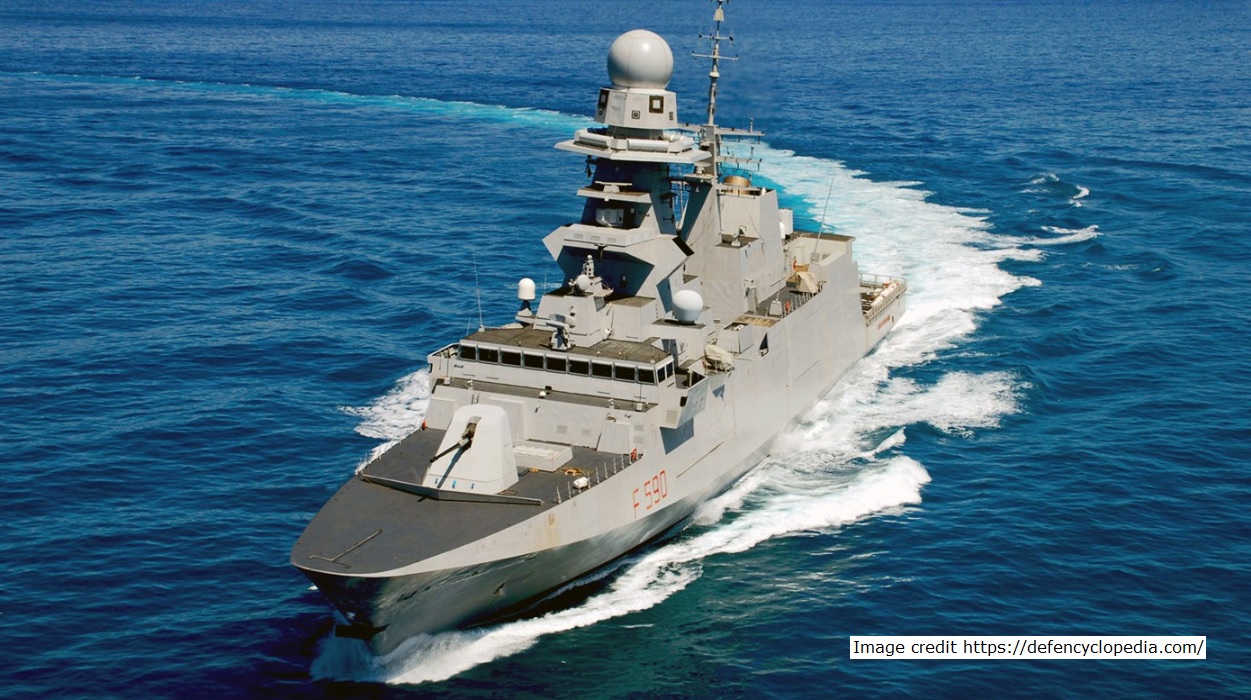
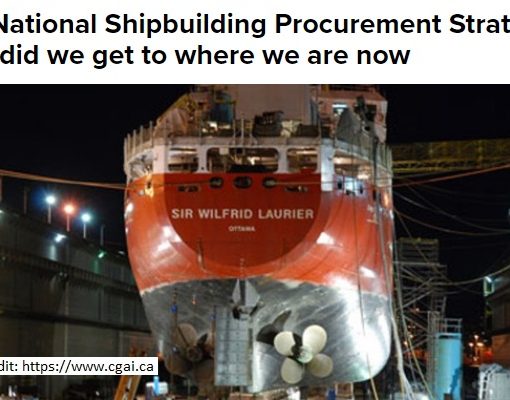
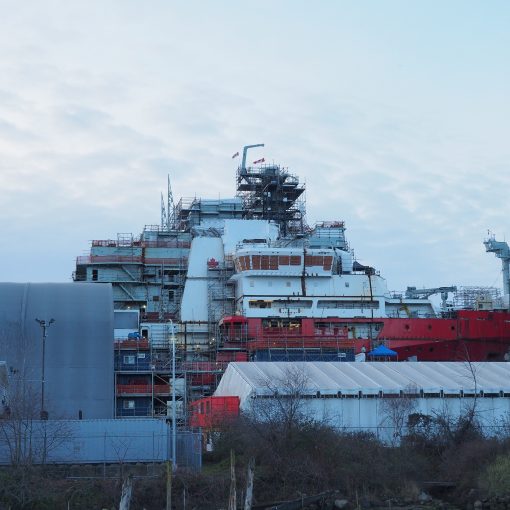
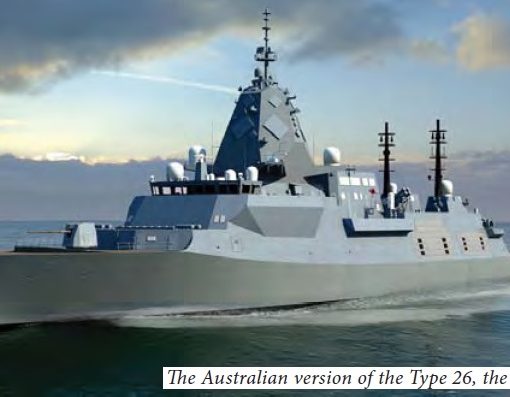
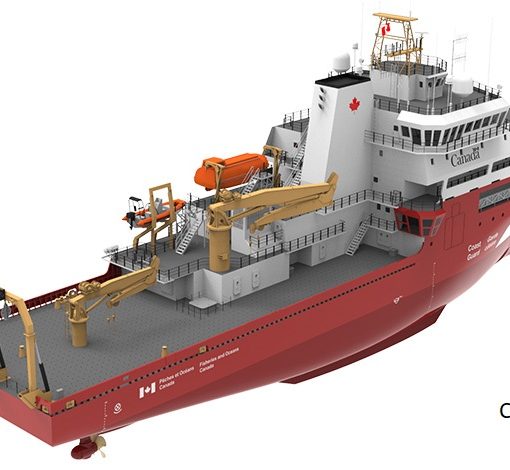
4 thoughts on “CSC-NSS Delays, Cost Overruns and the Elephant in the Room”
Military Hubris?
DND sees itself as infallible on Navy ships project
Alan Williams, Hill Times (March 3, 2021)
“In reading the statement by the Department of National Defence on the Parliamentary Budget Office’s (PBO) report on the Canadian Surface Combatant (CSC), one cannot help but be shocked by DND’s arrogance and selfishness. DND sees itself as infallible. Its cost estimates are right, the PBO’s are wrong. A new design is not an option. Why? Because a new design might require modifications to the ship’s capabilities, and that, according to DND, must not happen. Has DND forgotten that our system of democracy is based upon civilian oversight over the military? The role of the military is to state the capabilities necessary to fulfil the mandate given to it by the government. What the military should not do is to deceive the government by understating the costs so that it can get what it believes it must have. This is precisely what is occurring here. This is where the selfishness becomes evident. DND knows that $60-billion is not the total cost of this program. Even using this figure as the acquisition cost and forgetting about taxes, DND knows that the total life-cycle costs are in the order of $220-billion. DND knows that this program alone would bankrupt the department’s capital and maintenance accounts for the next 30 years. The focus of those working in the CSC program is on their desires and their desires alone. The epitome of selfishness. Before we sign an implementation contract and bury ourselves in a quarter-trillion dollar debacle, let’s investigate our options. Let’s make sure we get what we need, balancing requirements, costs, and mandate.”
Leaving DND’s arrogance and selfishness aside, the Naval Association of Canada has written a thoughtful provoking and “selfless” article countering much of what has been said by the PBO on the CSC Frigate cost over-runs which makes some sense out of all of this. Please read at you pleasure Procrustes. Cheers!
NAC-Response-to-the-PBO-Report-Mar-3.pdf
David,
“Selfless”? The Naval Association of Canada was established as a pro-naval, advocacy group. But I agree that its perspectives should be welcomed.
I think historically shipbuilding is not the strongest branch of Canadian economy. $60B before taxes sounds like a lot of money. And, well, it could be re-purposed to cerate thousands of jobs in health care, natural resources or agriculture. Current procurement system is only part of the problem. CSC is a great ship, and CSC Program started as a bold and promising endeavour. But I hope we won’t end up with the fleet of six AOPS and four Type 31e.